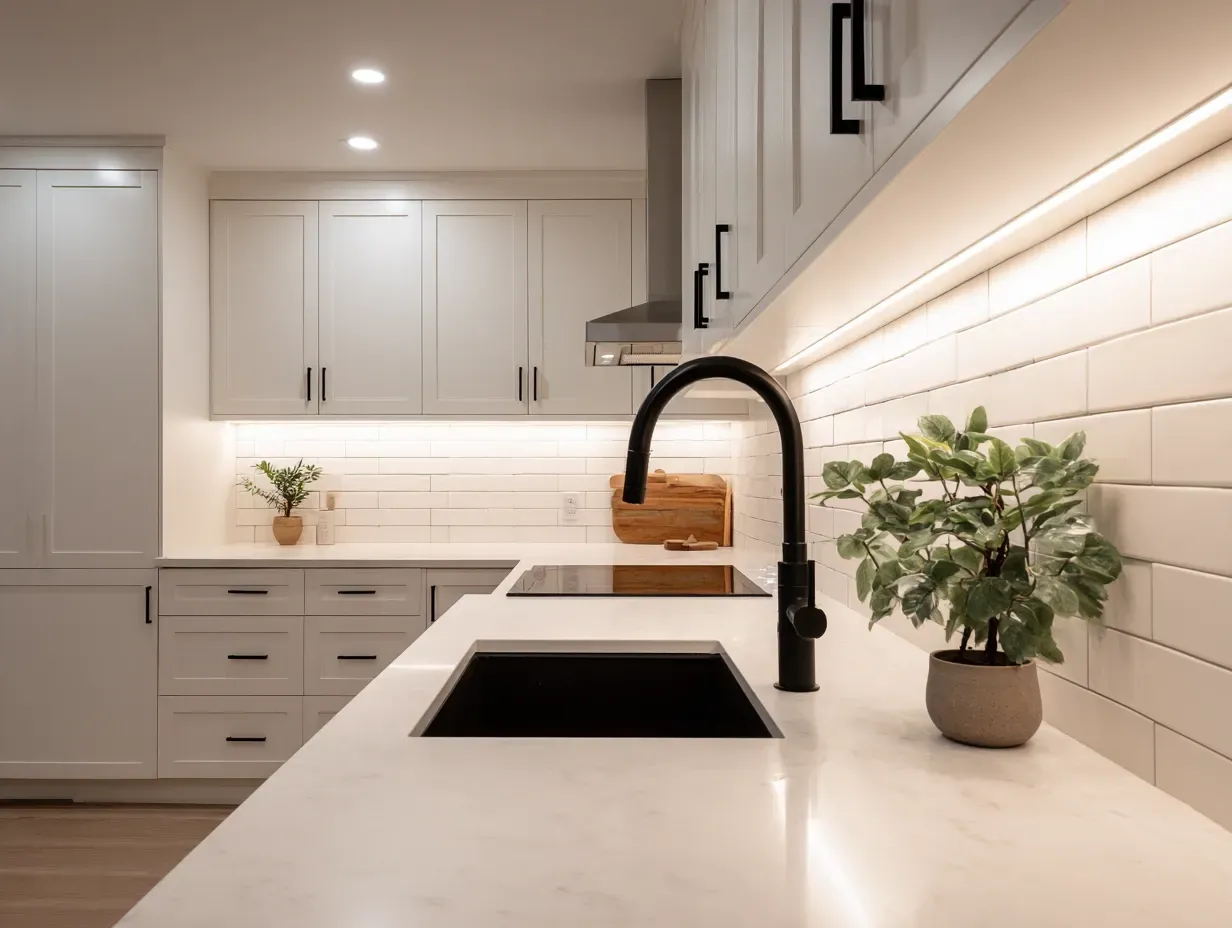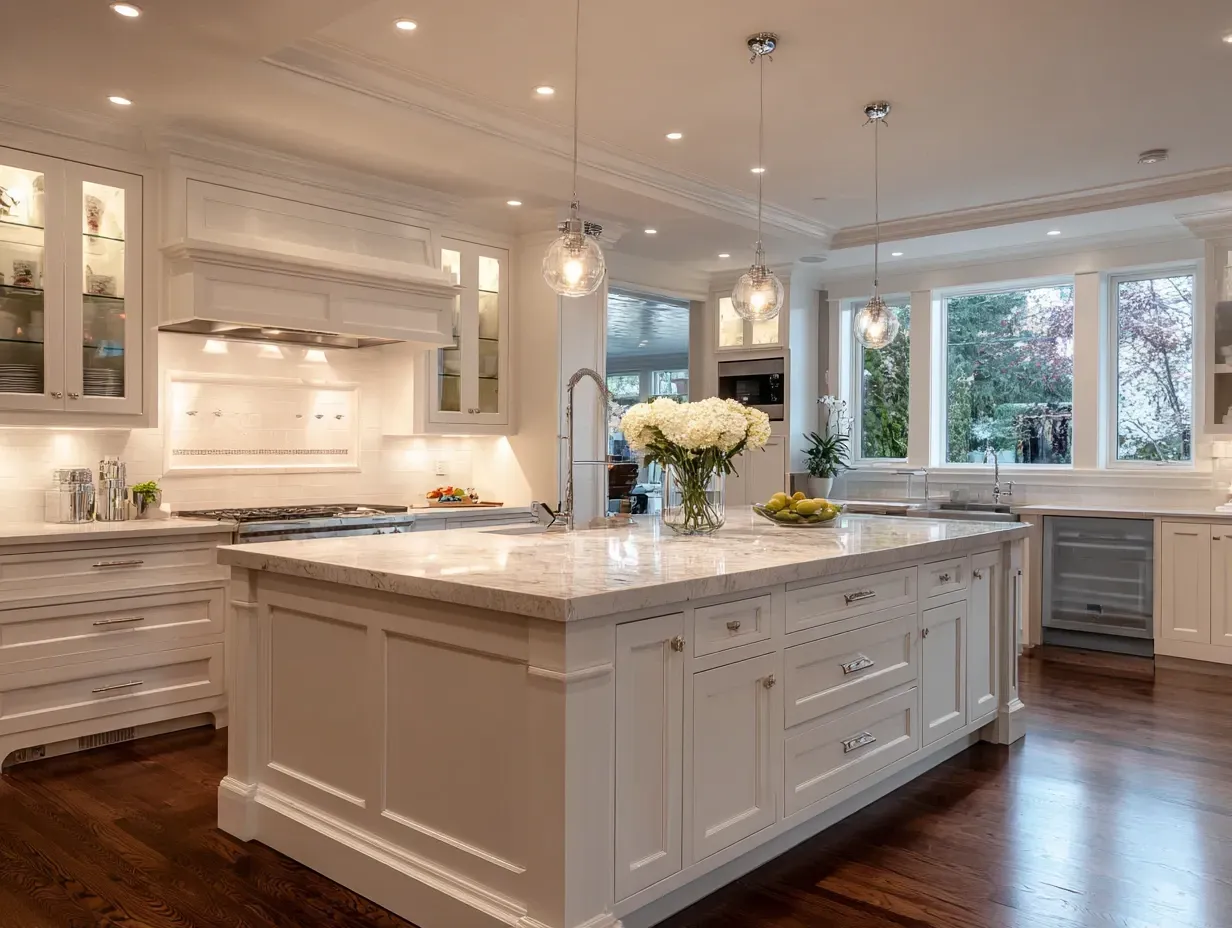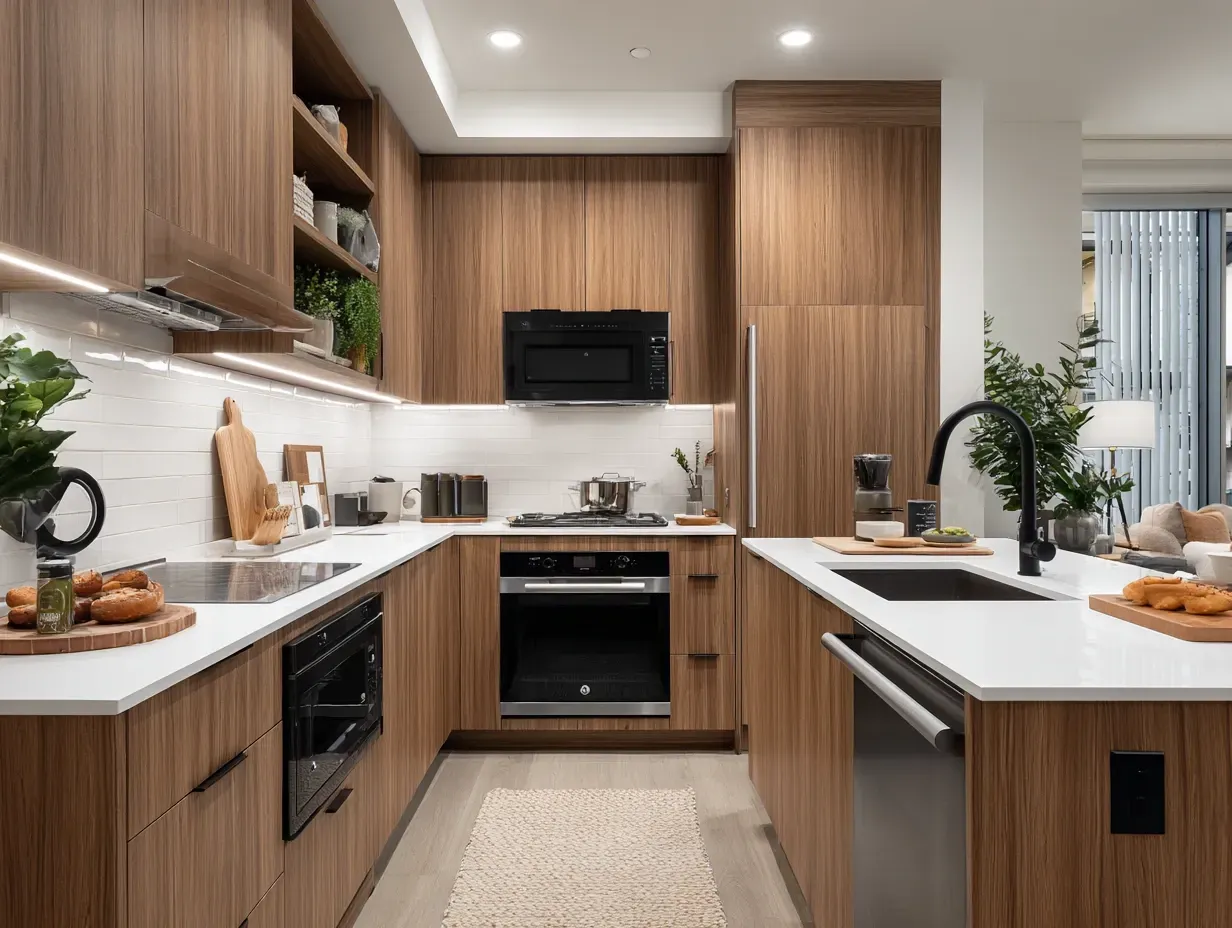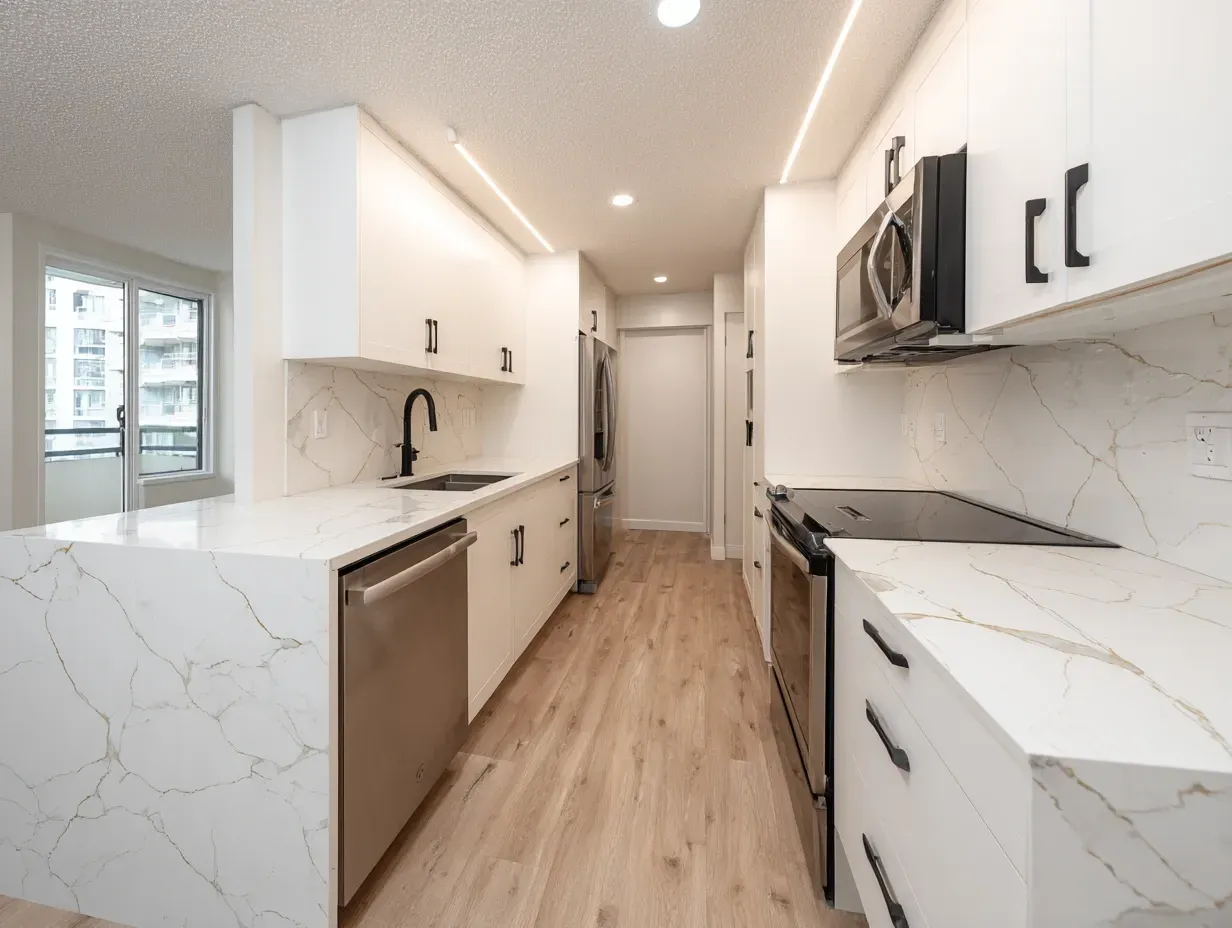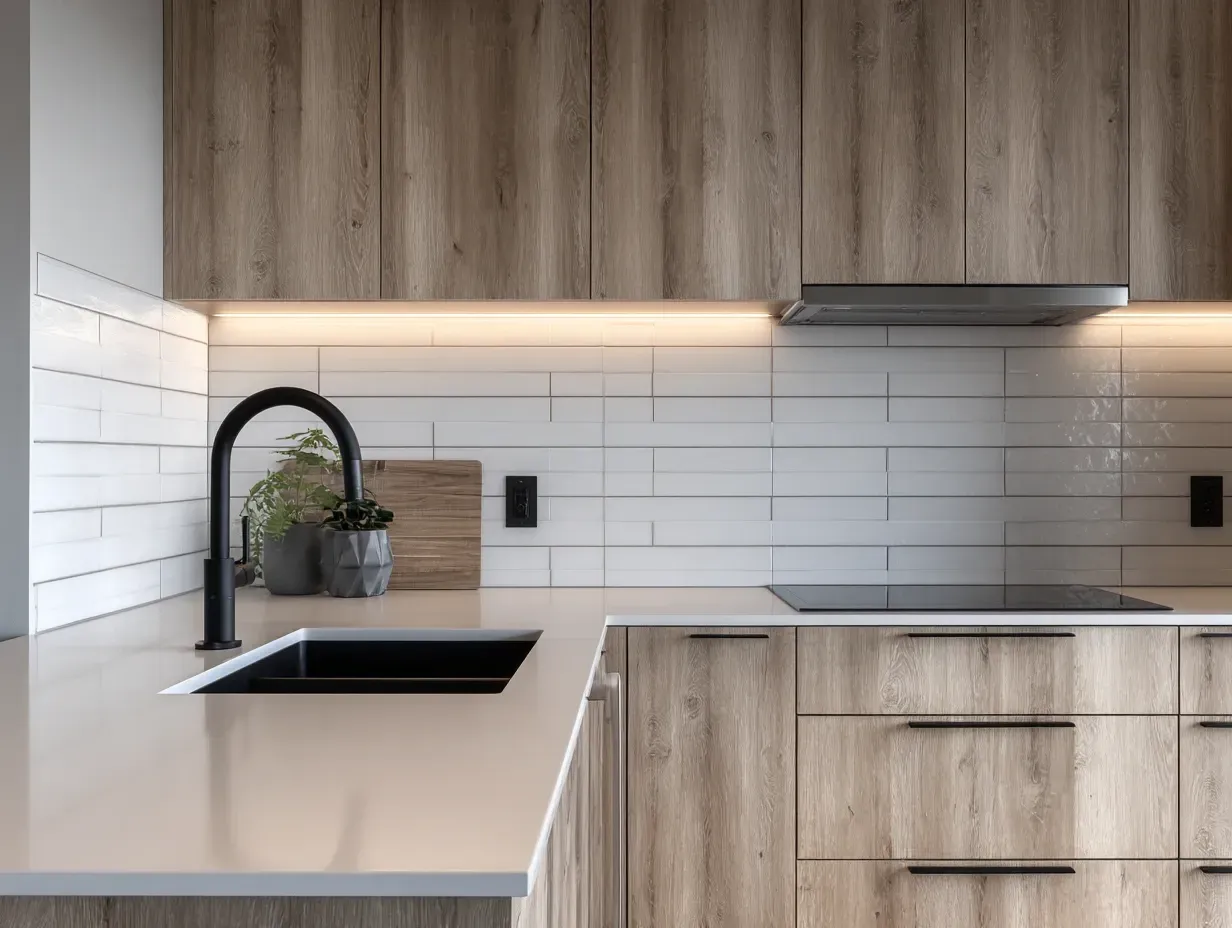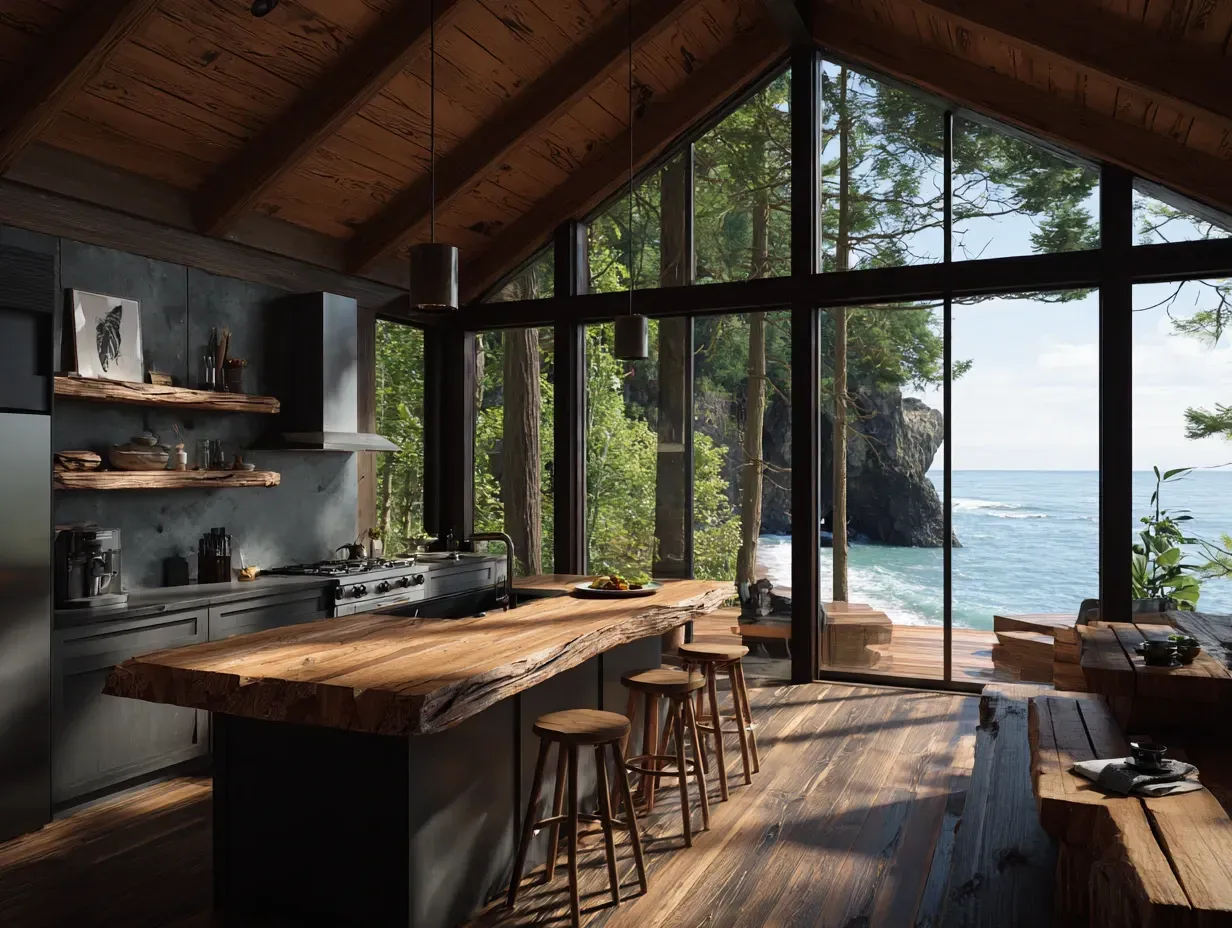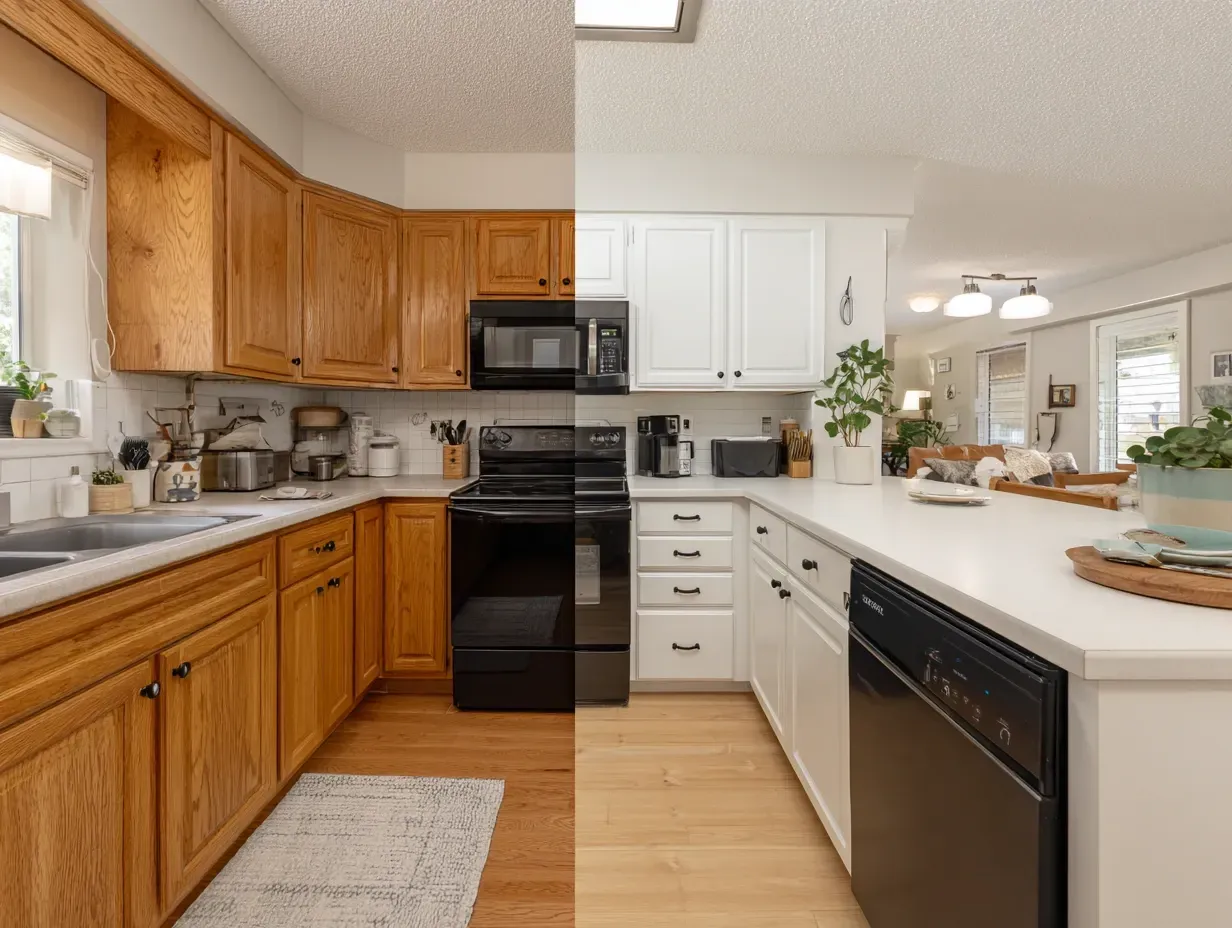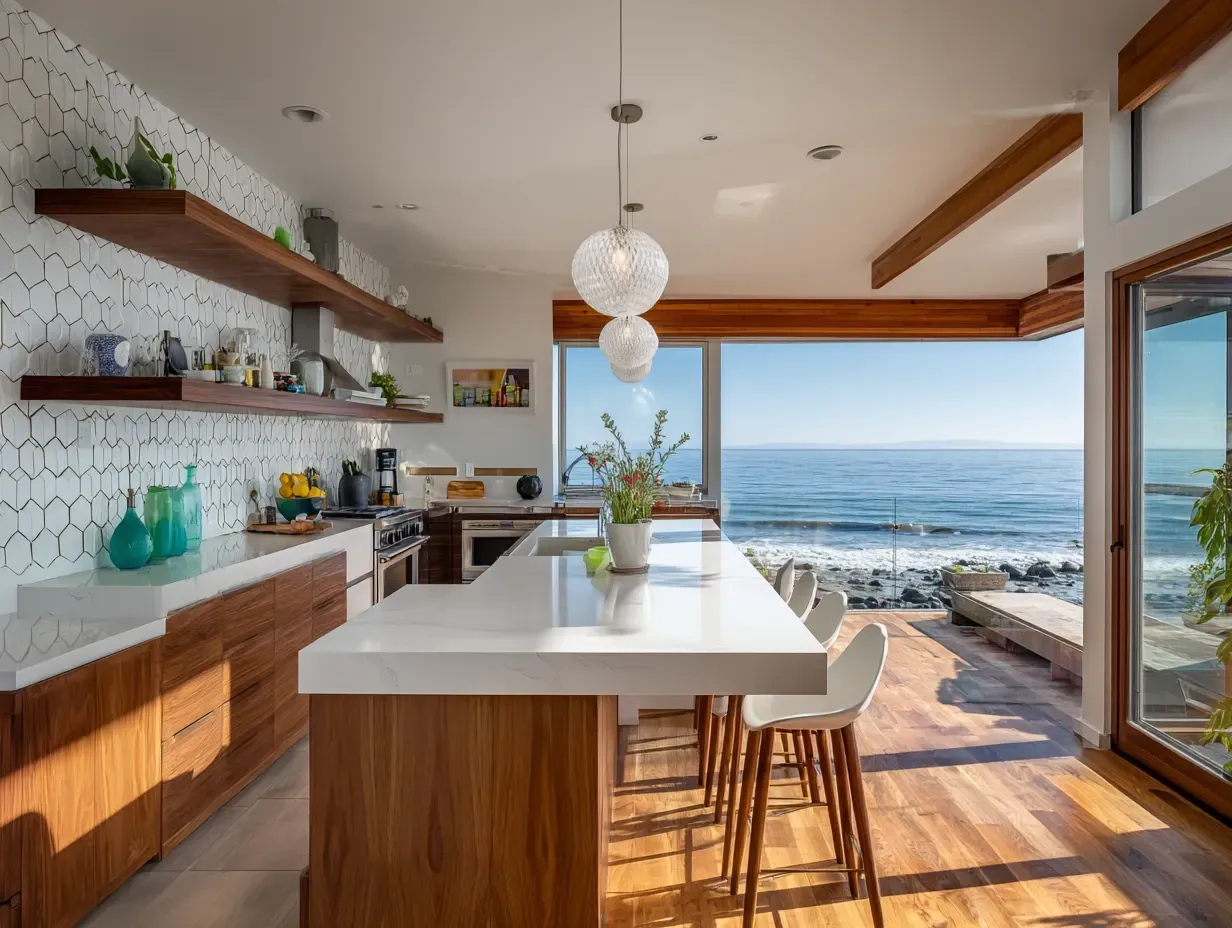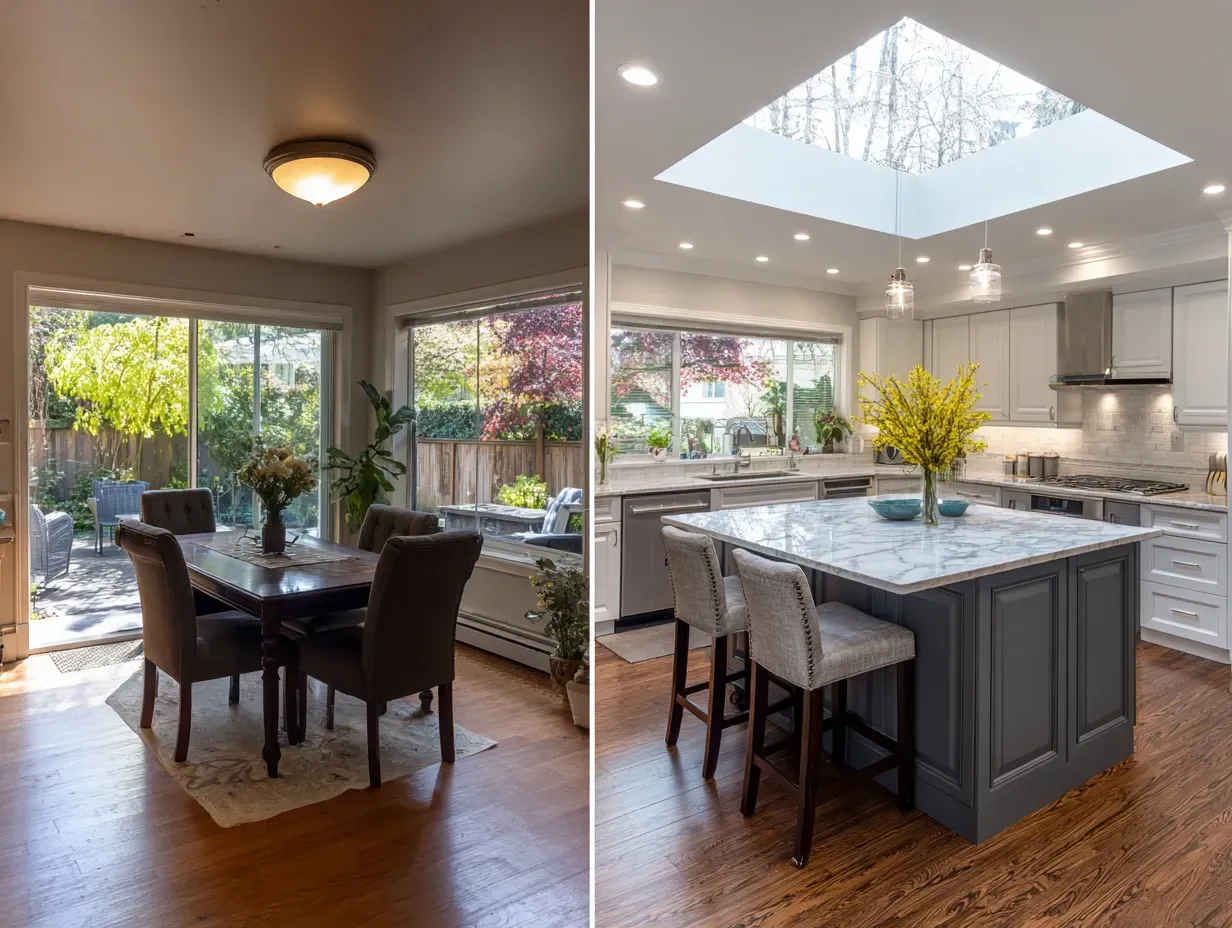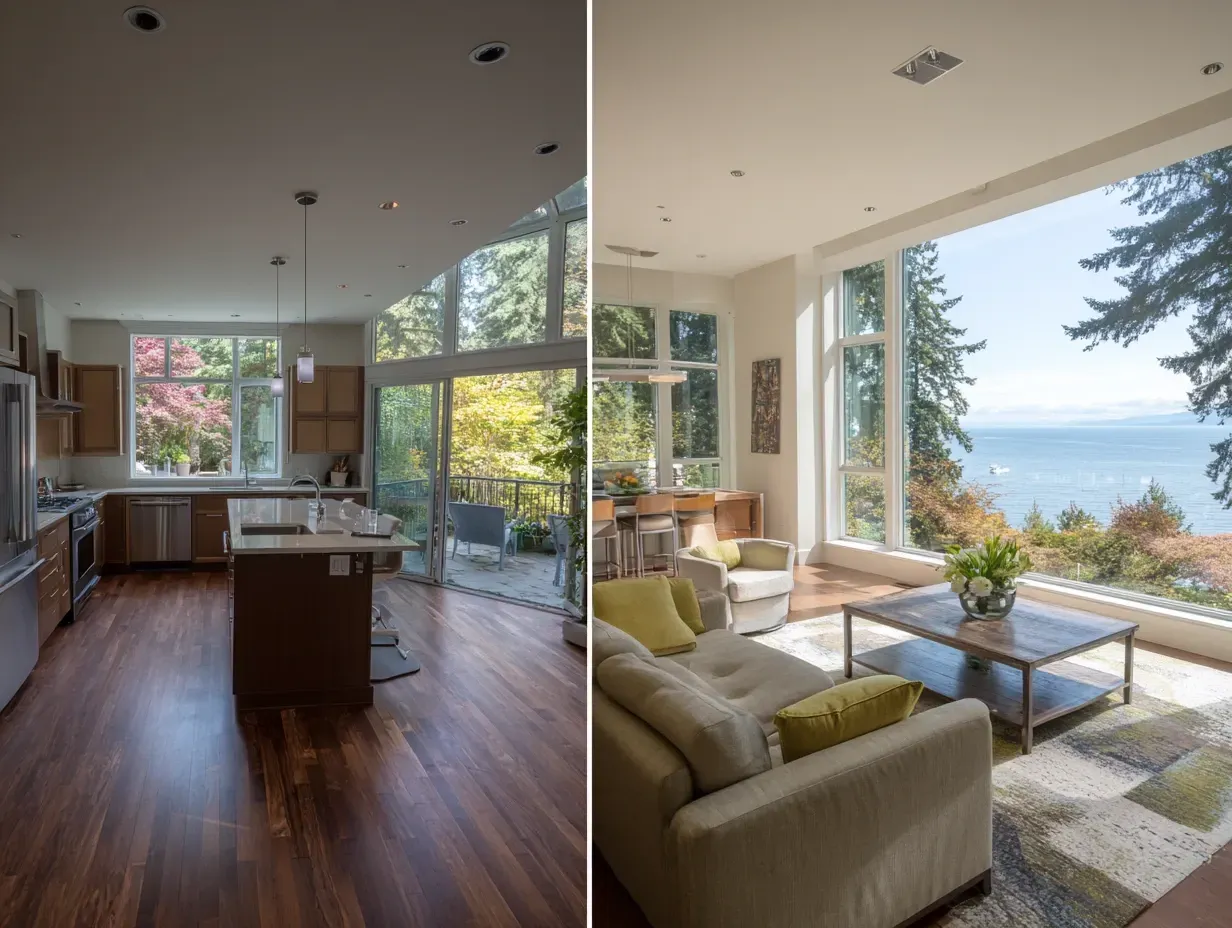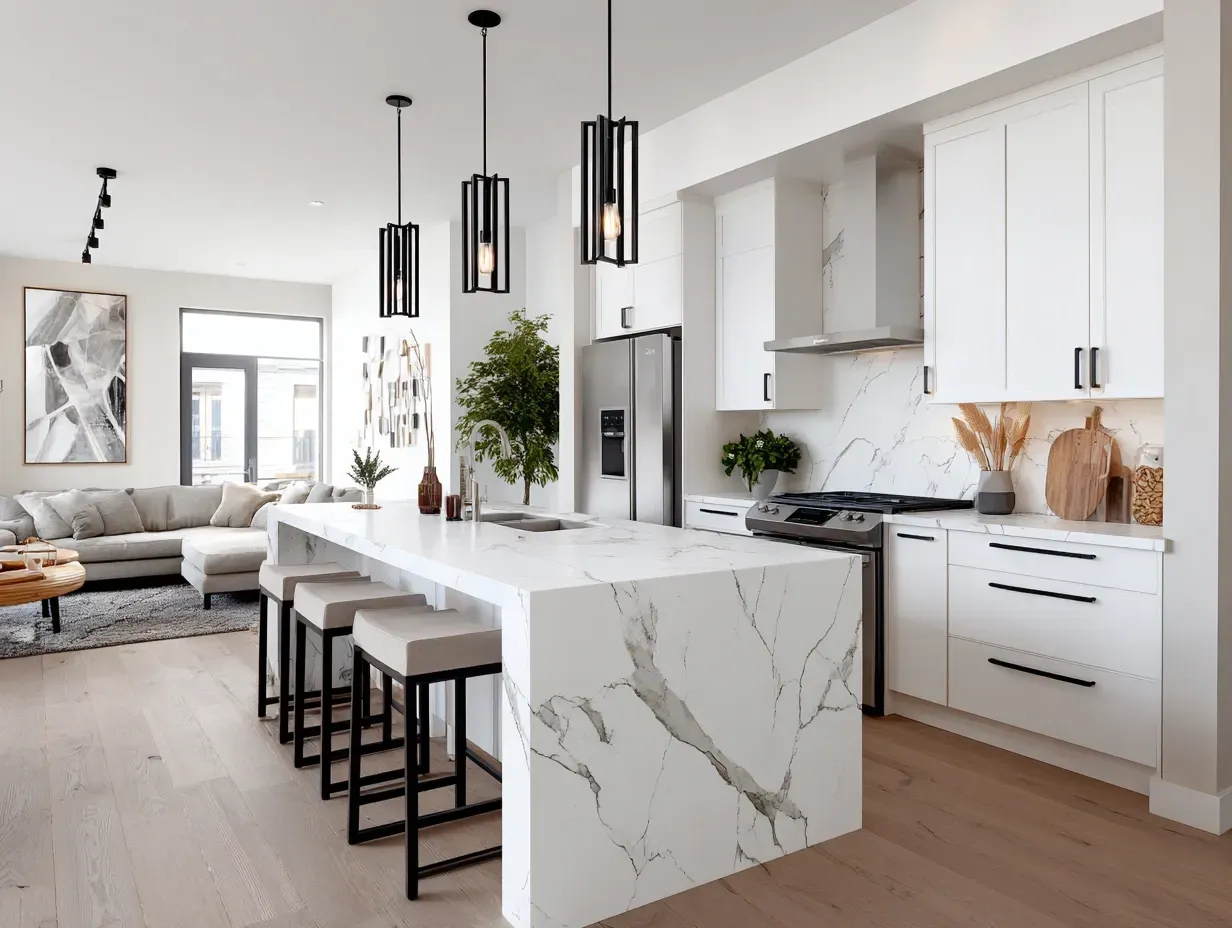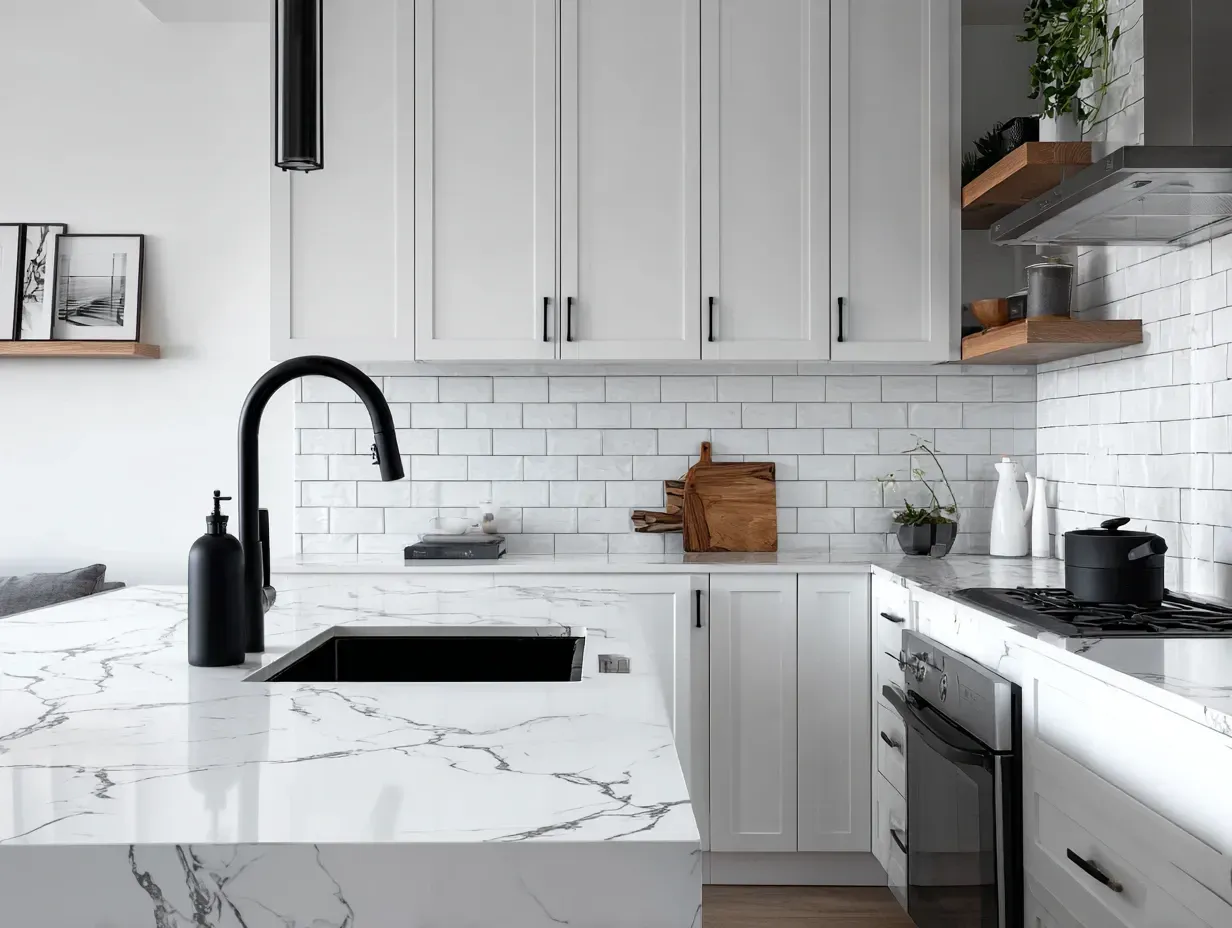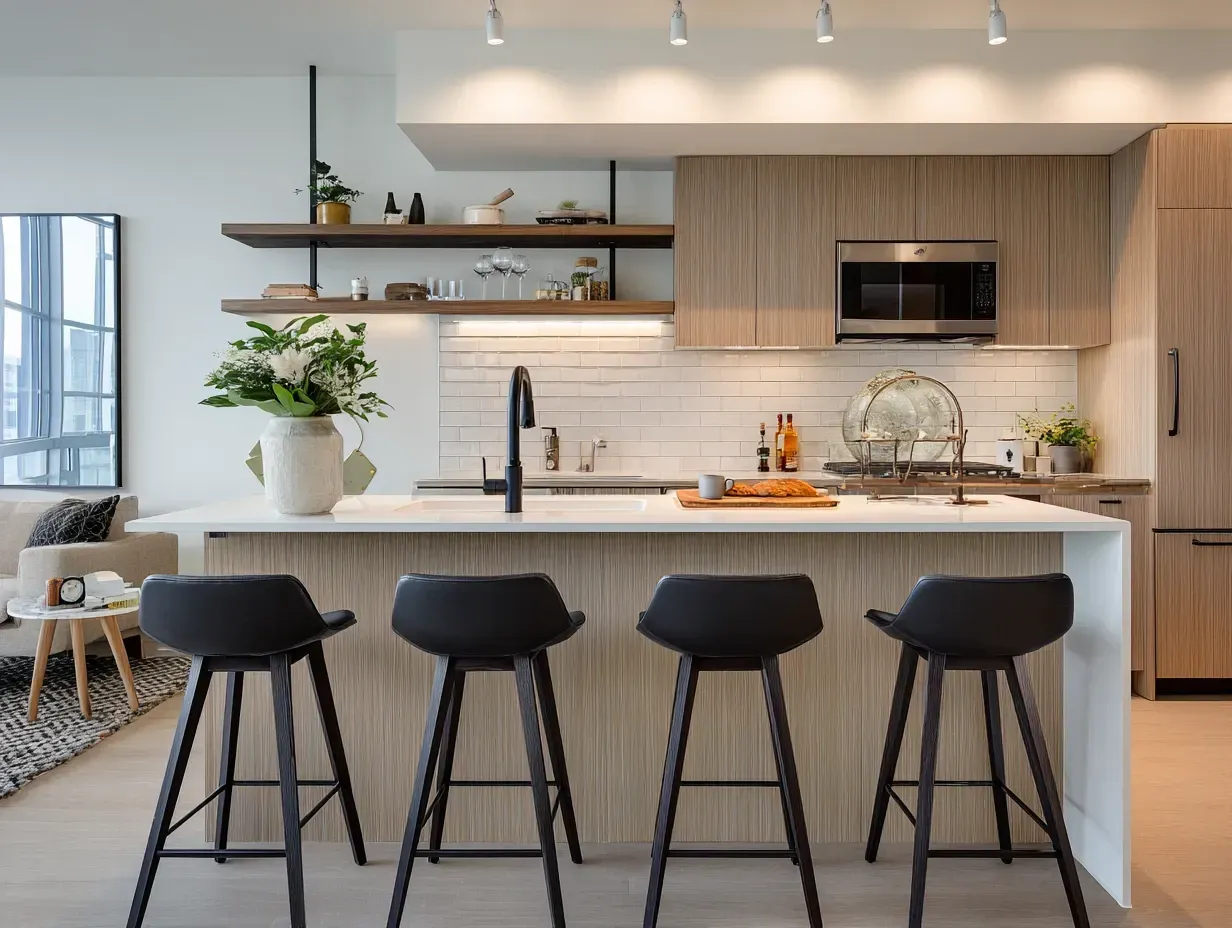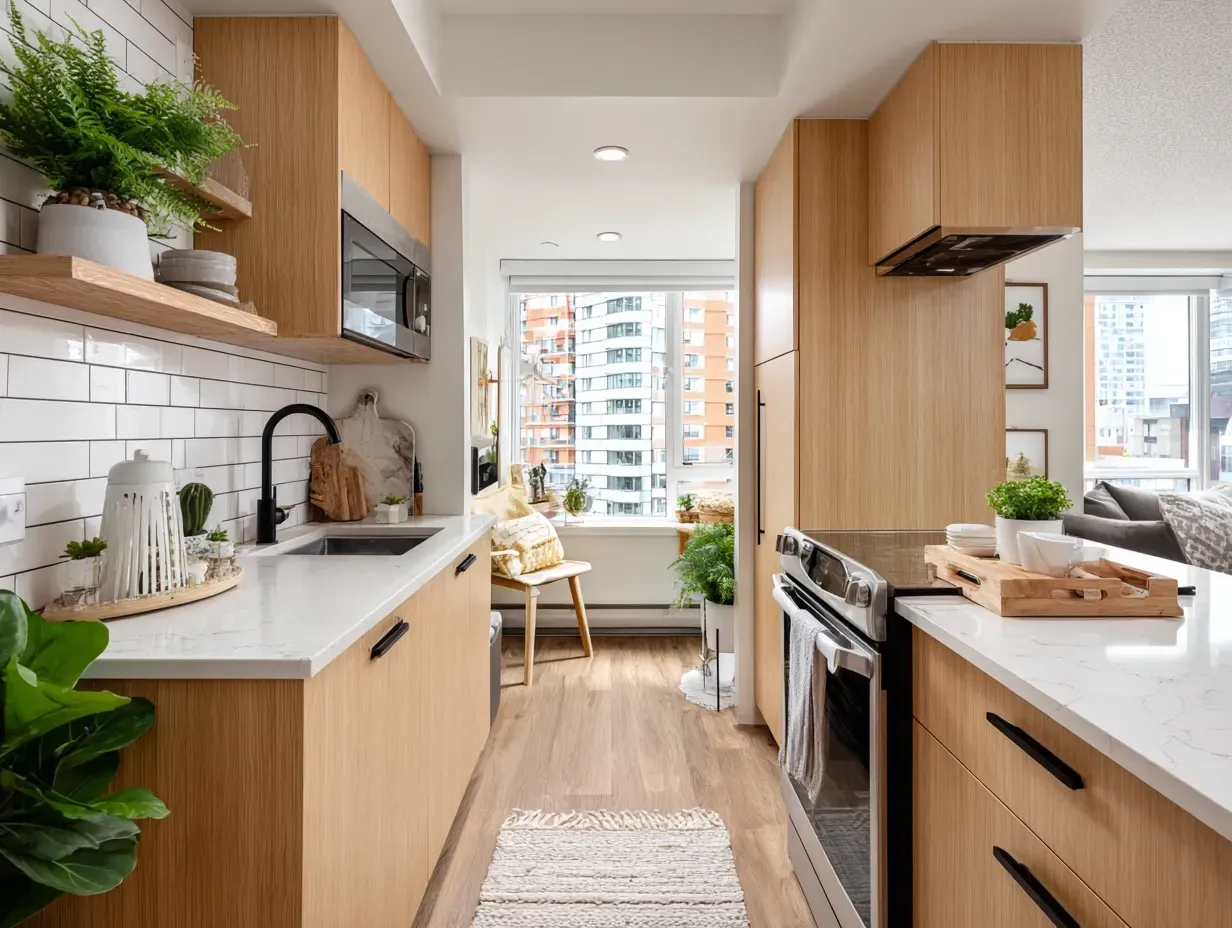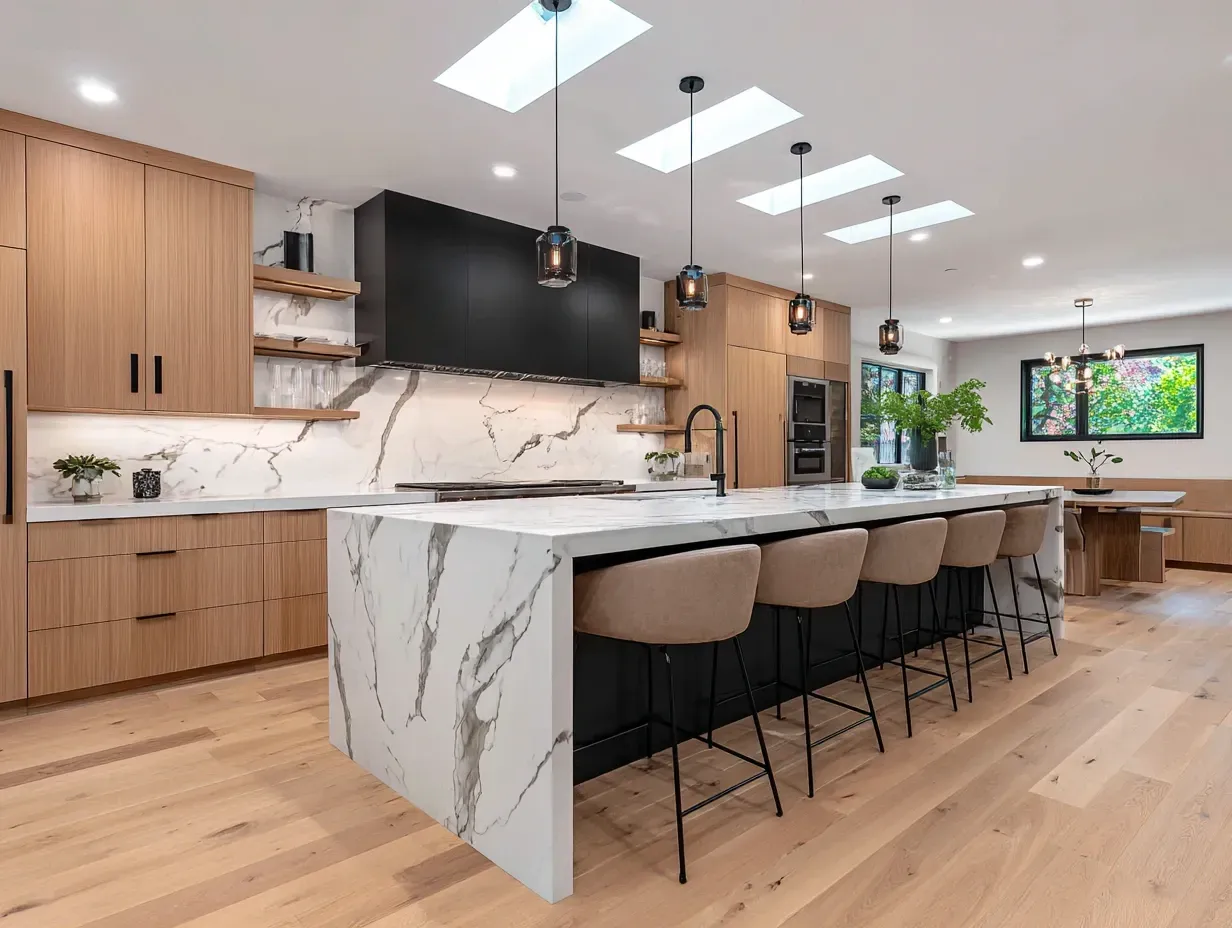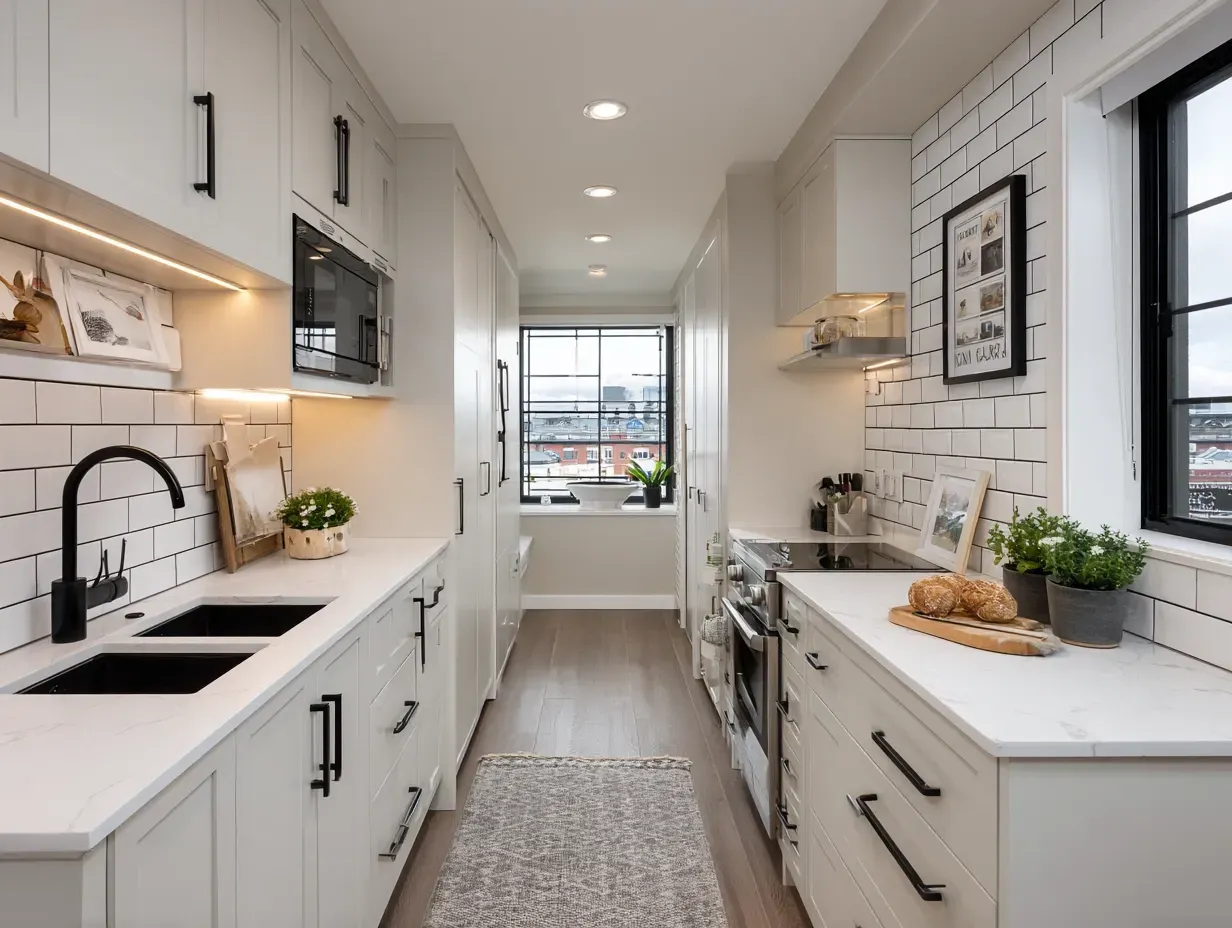Small Kitchen Design Trends That Make a Big Impact
Less Space, More Style: Small Kitchen Design Trends That Make a Big Impact
In Vancouver, where real estate is at a premium and efficient floor plans are a celebrated art form, the small kitchen is not a compromise—it's a canvas for brilliant design.
The challenge of a compact footprint has given rise to a wave of intelligent, space-savvy design trends that prove you don’t need a sprawling room to have a stunning, highly functional, and deeply satisfying kitchen.
The most effective trends for small kitchens are not about fleeting fads; they are strategic design solutions.
They focus on maximizing light, reducing visual clutter, and embedding hyper-functionality into every square inch. The goal is not to trick the eye into thinking the kitchen is something it’s not, but to make it feel intentional, sophisticated, and perfectly suited to its purpose.
Whether you're renovating a downtown condo, a cozy laneway house, or a classic Vancouver bungalow, embracing these impactful trends can transform your small kitchen into a powerhouse of style and efficiency.
1. The Light and Cohesive Colour Palette
The long-standing advice to paint a small room white has evolved into a more sophisticated strategy. The trend is to use a cohesive, monochromatic palette of soft, light-reflecting colours across multiple surfaces.
Think warm whites, gentle greys, soft beiges, and pale, earthy tones applied to the cabinets, backsplash, and walls.
The Impact: By minimizing contrast and using a consistent colour story, you blur the boundaries between different elements. This eliminates the hard visual stops that can chop up a small space, creating a serene, seamless, and expansive feel.
In Vancouver’s often-grey climate, this approach is invaluable for capturing and amplifying every bit of precious natural light, making the entire kitchen feel brighter and more open.
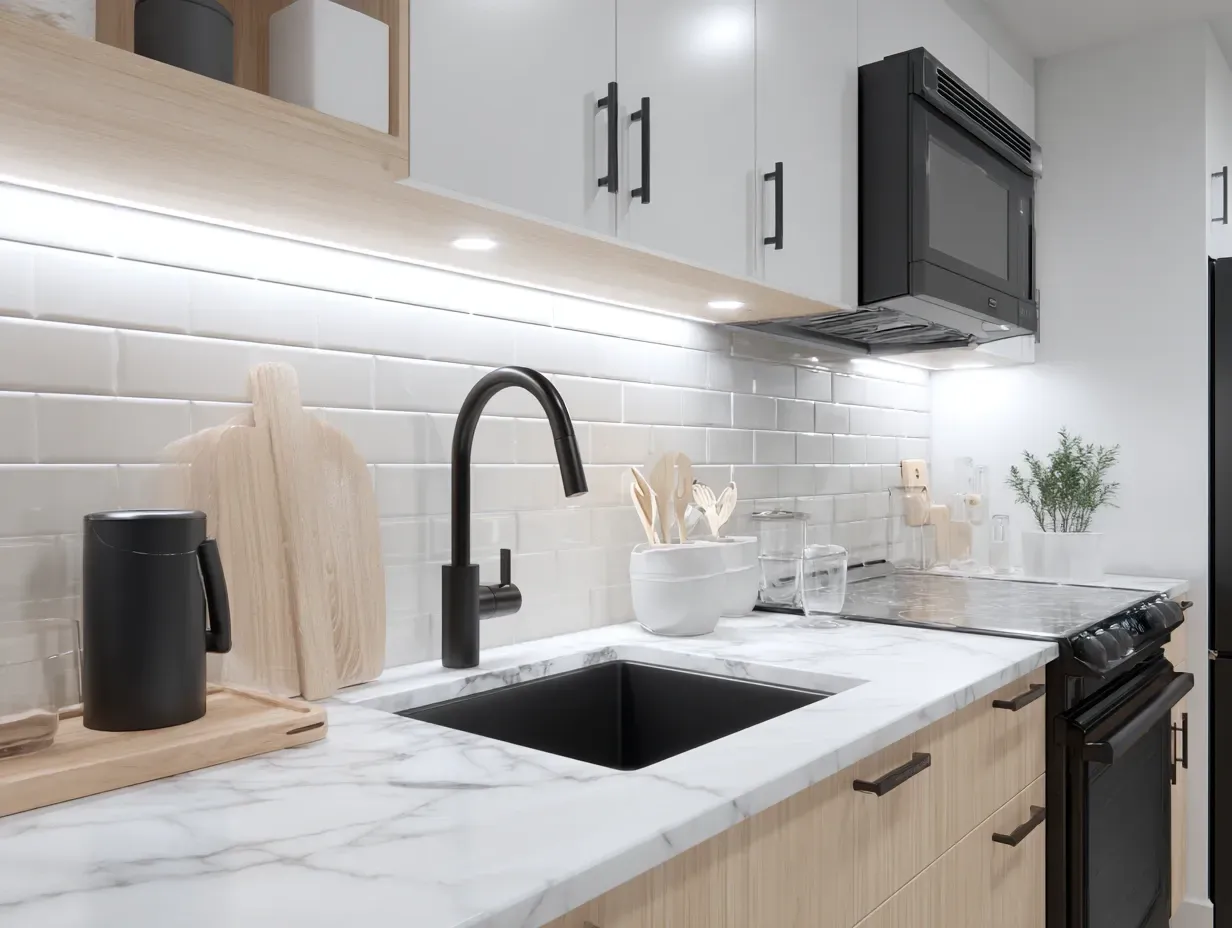
2. Slab Doors and Integrated Hardware
Visual clutter is the enemy of a small kitchen. This trend directly combats it by simplifying the most dominant visual element: the cabinetry.
The move is towards flat-panel (or "slab") cabinet doors, which offer a clean, unadorned surface. This is often paired with integrated "handleless" hardware, such as a channel pull routed into the cabinet edge or a touch-latch mechanism.
The Impact: This creates long, clean, uninterrupted lines that guide the eye smoothly through the space, fostering a sense of calm and order.
Eliminating projecting knobs and pulls not only enhances the minimalist aesthetic but also physically saves an inch or two of clearance in a narrow galley kitchen—a small detail with a surprisingly significant effect on how the space feels to move through.
This is the cornerstone of the West Coast Modern look, putting the focus on the beautiful texture of the materials themselves.
3. The Continuous Backsplash
Breaking up the small sliver of wall between the counter and upper cabinets with busy patterns can make a kitchen feel fussy and confined. The modern approach is to create a sense of visual continuity.
The Trend: There are two powerful ways to achieve this. The first is the slab backsplash, where the same material from the countertop (typically quartz or stone) continues up the wall. The second is using simple, uniform tile—often a skinny subway or square format—and installing it in a vertically stacked grid.
The Impact: The slab backsplash creates a seamless, luxurious, and grout-free surface that is incredibly easy to clean. The vertically stacked tile is a brilliant designer trick that draws the eye upward, creating an illusion of height and making standard-height ceilings feel taller—a perfect strategy for many Vancouver condos and homes.
4. The "Skinny Shaker" Cabinet
For those who find the slab door a bit too stark but know a traditional, bulky Shaker door would overwhelm their space, the "skinny" or "slim" Shaker is the perfect solution. This style features the same classic five-piece construction but with significantly narrower frames (often less than two inches wide).
The Impact: It provides the timeless character and subtle shadow lines of a Shaker door but in a more refined, delicate profile that is perfectly proportioned for a smaller kitchen.
It’s a transitional look that beautifully bridges classic and contemporary styles, making it an ideal choice for renovating a Vancouver character home where you want to honour the architecture while creating a fresh, modern feel.
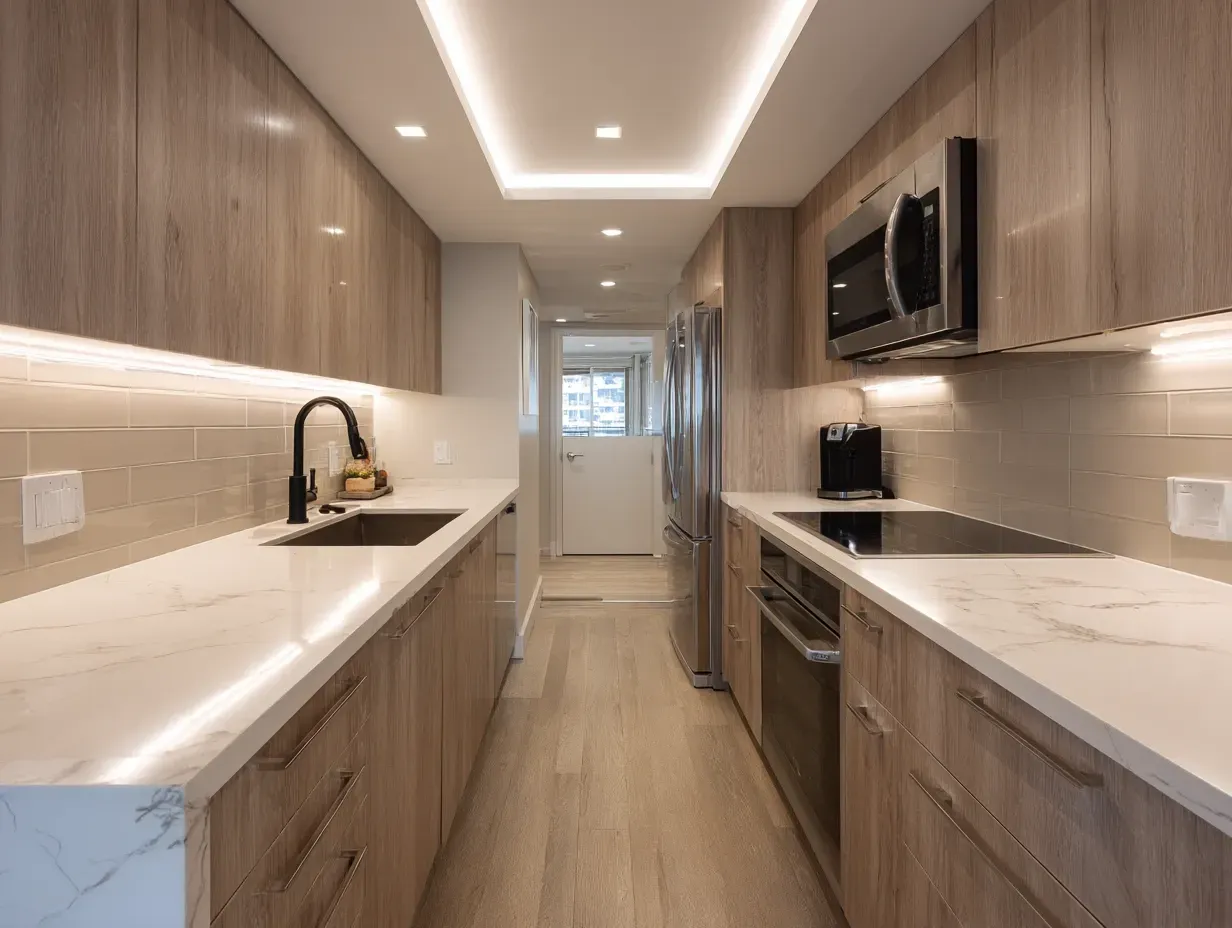
5. Compact, Integrated, and Hardworking Appliances
Appliance technology has evolved to perfectly serve the needs of urban living. The trend is to embrace high-performance, compact appliances and, wherever possible, integrate them seamlessly.
The Trend: This means opting for 24-inch "apartment-sized" refrigerators, 18-inch dishwashers, and combination appliances like convection microwaves. The most impactful move is choosing panel-ready appliances, which are fitted with custom cabinet fronts to blend in completely with the surrounding millwork.
The Impact: A panel-ready refrigerator and dishwasher eliminate the large blocks of stainless steel, creating an unbroken wall of cabinetry that makes a kitchen feel significantly larger and less utilitarian. This is no longer just a trend but a standard feature in well-designed, space-efficient homes across the city.
6. The Workstation Sink
The ultimate trend in kitchen functionality is the workstation sink. These are typically large, single-basin sinks that feature an integrated interior ledge.
This ledge supports a system of custom-fit accessories, such as a sliding cutting board, a colander for rinsing vegetables, and a roll-up drying rack.
The Impact: This ingenious design effectively turns your sink into additional counter space. You can perform your entire prep workflow—rinsing, chopping, and transferring—directly over the sink, which contains mess and frees up your limited countertop area.
For a small kitchen, where every inch of prep space is gold, a workstation sink is a truly transformative feature.
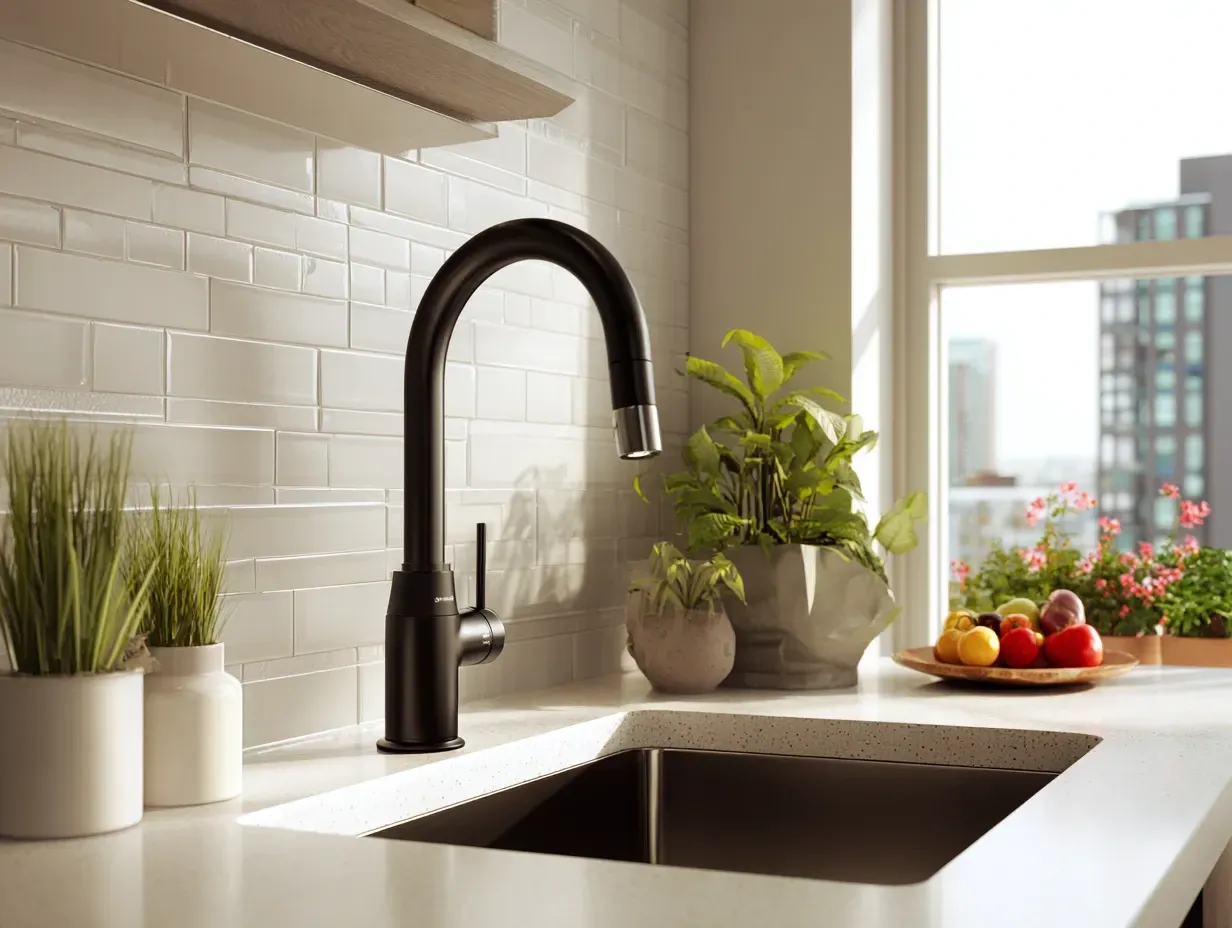
The Final Word
The most impactful design trends for small kitchens are rooted in a philosophy of smart simplification, seamless integration, and maximized function.
By embracing clean lines, cohesive palettes, hardworking appliances, and a relentless focus on efficiency, you can overcome the limitations of a small footprint.
A compact kitchen doesn’t have to feel like a compromise; it can be a perfectly crafted jewel box—a testament to the principle that great design is measured not in square feet, but in bright ideas.
Recent Posts
